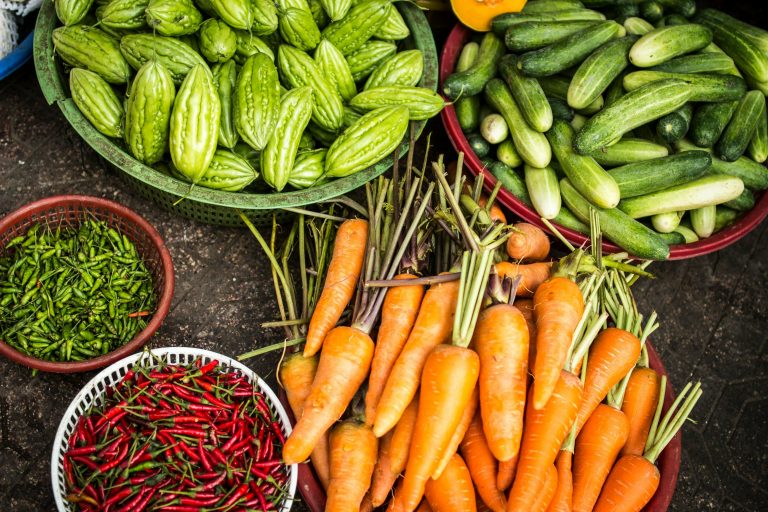The Importance of Animals in Sustainable Food Systems: A Comprehensive Guide

Animals play a crucial role in creating sustainable food systems. Their contributions go beyond providing meat and dairy; they are integral to maintaining ecological balance, enhancing soil health, and supporting diverse agricultural practices. This guide explores the various ways animals are important for sustainable food systems.
1. Pasture-Raised Livestock Improve Soil Health
One of the significant benefits of eating meat for the environment is that pasture-raised livestock can enhance soil health. Grazing animals contribute to soil fertility by naturally fertilizing the ground with their manure, promoting a richer and more productive ecosystem.
2. Integrated Crop-Livestock Systems Reduce Chemical Use
Integrated crop-livestock systems are beneficial for the environment because they reduce the need for synthetic fertilizers and pesticides. By rotating crops with livestock grazing, farmers can naturally manage pests and maintain soil nutrients, minimizing the reliance on harmful chemicals. Animals such as chickens and ducks are used for integrated pest management. They help control pest populations naturally by feeding on insects and weeds.
3. Grass-Fed Livestock Sequester Carbon
Grass-fed livestock play a crucial role in sequestering carbon, helping mitigate climate change. Well-managed grazing lands can act as carbon sinks, capturing atmospheric carbon dioxide and storing it in the soil, which is a significant benefit of eating meat for the environment.
4. Enhanced Biodiversity
Incorporating animals into farming systems enhances biodiversity. Livestock grazing can create diverse habitats that support various plant and animal species. This biodiversity is crucial for ecosystem resilience and the long-term sustainability of food systems.
5. Livestock Aid in Land Management
Livestock grazing helps in managing and reducing the risk of wildfires by consuming dry vegetation that could otherwise serve as fuel for fires. This natural land management technique is another way eating meat can be beneficial for the environment.
7. Nutrient-Dense Foods Support Sustainable Diets
Meat is a nutrient-dense food, providing essential vitamins and minerals such as iron, zinc, and B12. Consuming nutrient-dense foods can support overall health with smaller portions, reducing the environmental impact associated with producing larger quantities of less nutritious food.
8. Utilization of Marginal Lands
Livestock can graze on marginal lands unsuitable for crop production, maximizing the use of available land resources. This practice allows for food production in areas that would otherwise remain unproductive, contributing to overall food security and environmental sustainability.
9. Supporting Traditional Farming Practices
In many cultures, animals are integral to traditional farming practices. They provide draft power for plowing fields, transportation, and other labor-intensive tasks. This supports small-scale farmers and maintains cultural heritage.
10. Regenerative Agriculture Enhances Ecosystem Services
Regenerative agriculture, which often includes livestock, focuses on enhancing ecosystem services such as water retention, biodiversity, and soil health. This holistic approach demonstrates how eating meat can be part of an environmentally beneficial farming system.
The importance of animals in sustainable food systems cannot be overstated. They contribute to nutrient cycling, pest management, biodiversity, and efficient resource use. By integrating animals into farming practices, we can create more resilient and sustainable food systems that benefit both people and the planet.
Resources to Get Started
Here are some resources to dive deeper into the value of animals in sustainable food systems. Some links are affiliate links, meaning I receive a small percentage of purchases made, but it doesn’t cost you anything extra.





